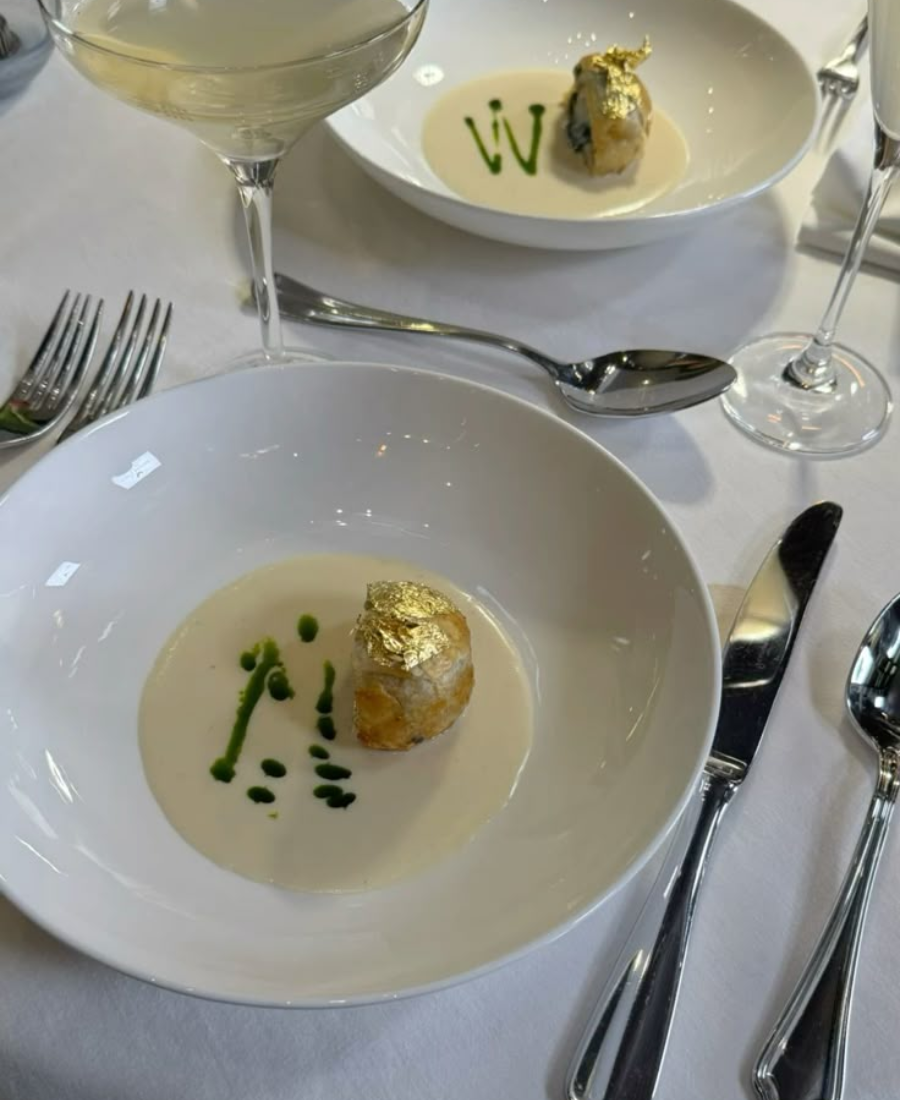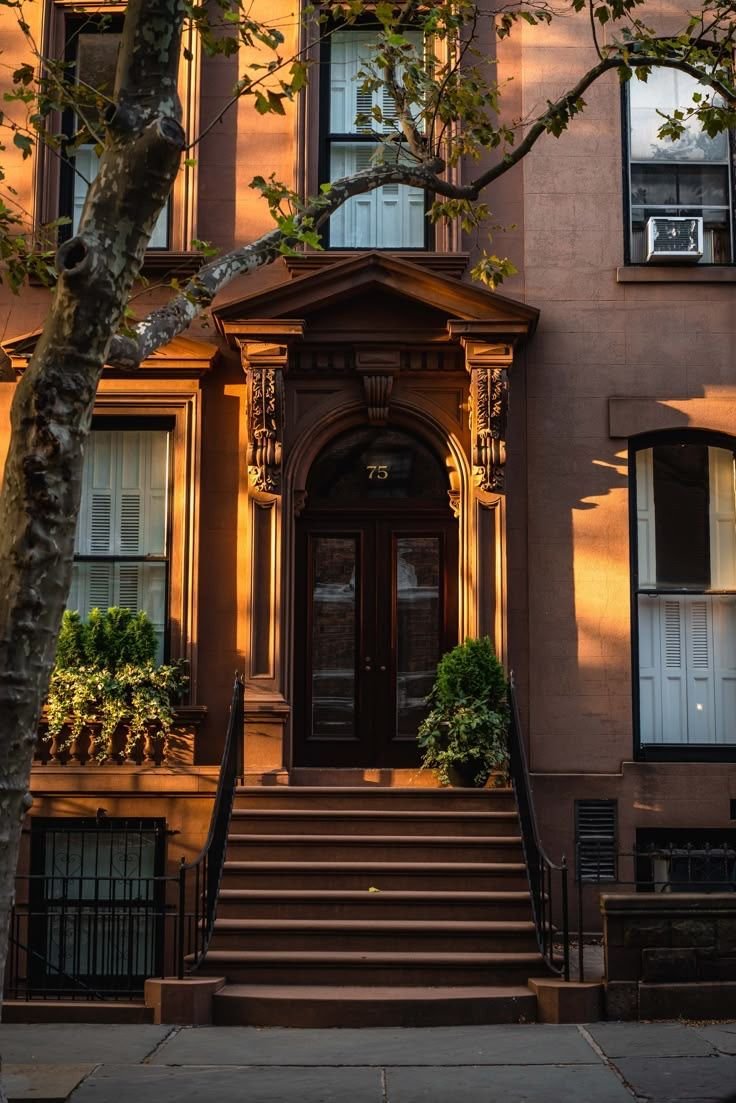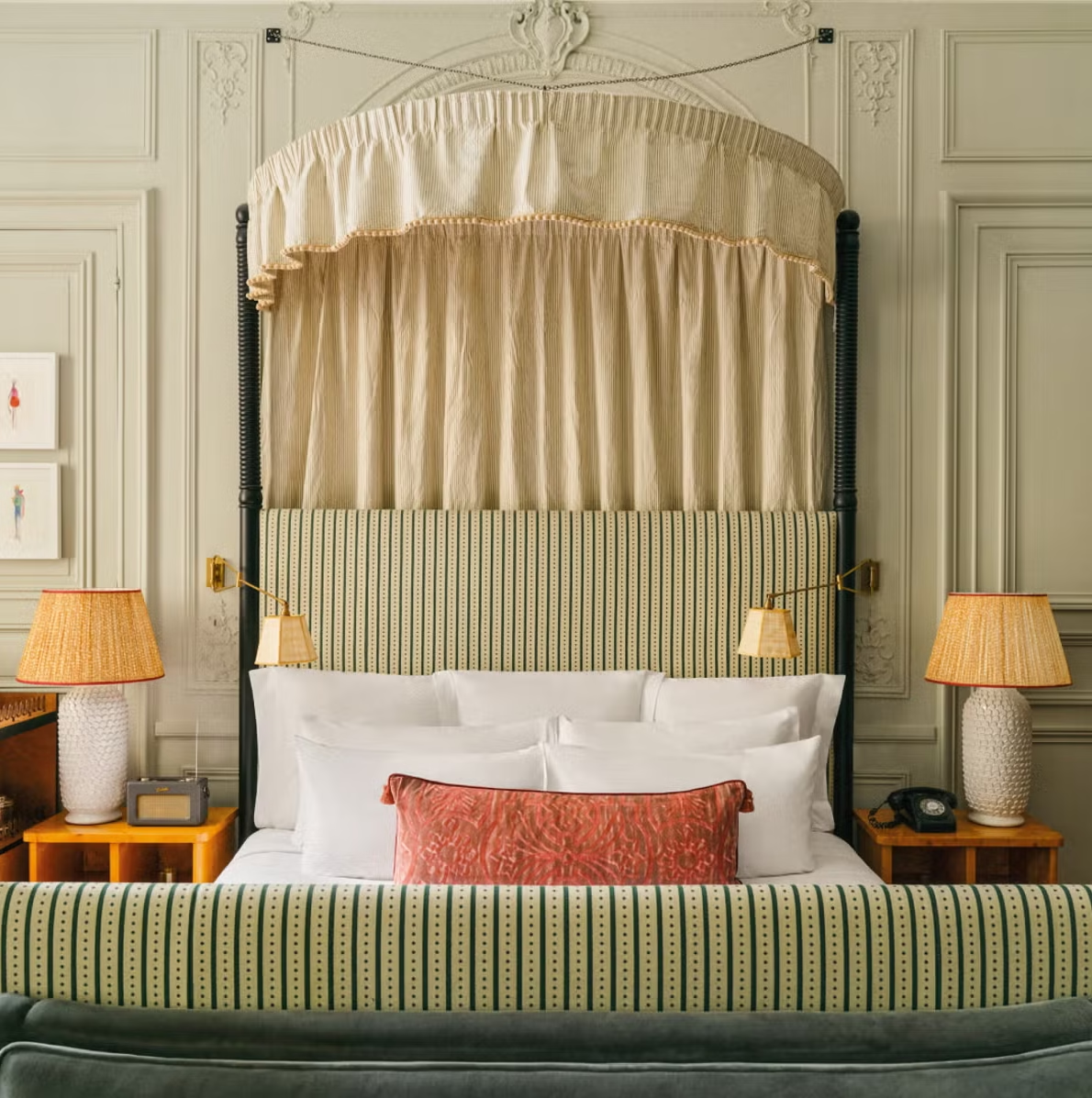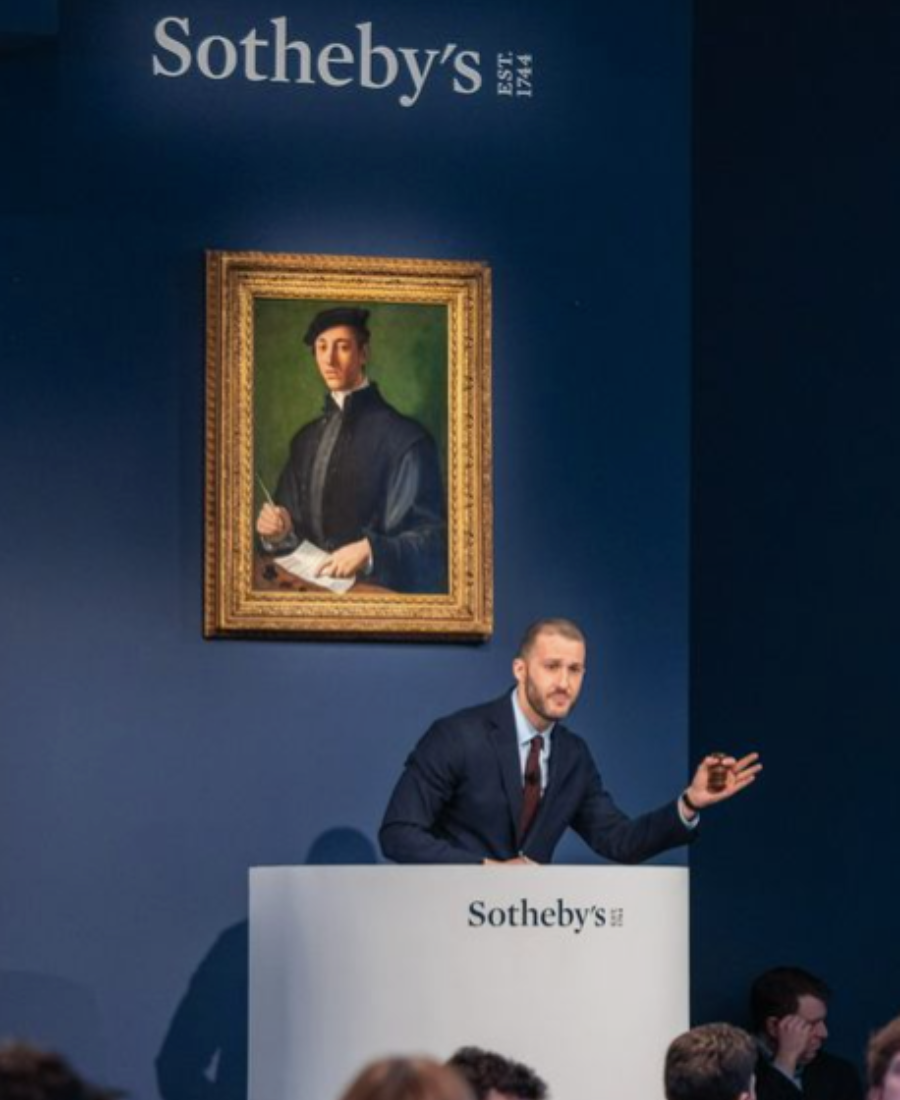In today’s culinary world, the plate has become a canvas, the dining table a stage, and the chef an artist as committed to composition as to flavor. To dine at the world’s most visionary restaurants is to step inside a gallery where color, form, texture, and movement rival anything seen in museums. Across continents, chefs are pushing gastronomy into the realm of high art, plating with the same precision as sculptors and painting in sauces and foams with the fluidity of oil on canvas. These global names are redefining what it means to eat, proving that cuisine can be as conceptual, emotional, and visually arresting as a masterpiece.
Massimo Bottura — The Storyteller of Modena
At Osteria Francescana in Modena, Italy, three Michelin stars are only the beginning. Massimo Bottura’s plates tell stories rooted in history, humor, and design. His famed “Oops! I Dropped the Lemon Tart” looks accidental but is, in fact, a deliberate study of imperfection. Dishes like “Five Ages of Parmigiano Reggiano” transform Italy’s most beloved cheese into a sculptural meditation on time and texture. For Bottura, plating is narrative, each dish an essay in nostalgia and innovation.
Dominique Crenn — Poetry on the Plate
In San Francisco, Dominique Crenn turns her Atelier Crenn into a canvas of poetry. Each dish corresponds to a line of her own verse, with plating that mirrors brushstrokes across a canvas. Her use of color, vivid greens, fiery reds, delicate purples—recalls impressionist painting, while her compositions balance fragility and strength. Dining at Atelier Crenn feels like entering a gallery where language and flavor meet, where the artistry is as intellectual as it is sensorial.
Virgilio Martínez — Landscapes of Peru
Central, the celebrated restaurant in Lima, is less a restaurant than a cartographic experience. Chef Virgilio Martínez arranges ingredients by altitude, creating dishes that embody the topography of Peru, from ocean depths to Andean peaks. Plates are arranged as landscapes: a scattering of tubers becomes a mountain range, a translucent slice of fish suggests river currents. His compositions rival contemporary installations, reminding diners that geography, ecology, and culture can all be mapped in edible form.
Daniel Humm — Minimalism at Eleven Madison Park
Minimalism defines the work of Daniel Humm at New York’s Eleven Madison Park. Here, plates often arrive with a singular focal point: a roasted carrot, elevated with a painter’s eye for geometry and negative space. Humm’s plant-based evolution has only deepened his artistry, transforming humble ingredients into works of refinement and restraint. In a dining room designed with Art Deco grandeur, his dishes recall the purity of modernist sculpture.
Ana Roš — Slovenia’s Alchemist
In the alpine valleys of Slovenia, Ana Roš of Hiša Franko is redefining Central European cuisine with bold artistry. Her plates juxtapose wild herbs and foraged flowers in vivid chromatic bursts, recalling botanical illustrations. Dishes often arrive as mosaics, petals and powders arrayed like intricate textiles. Roš’s work blurs boundaries between craft and cuisine, earning her the reputation of culinary alchemist, equal parts chef and designer.
Gaggan Anand — The Provocateur of Bangkok
For Gaggan Anand, the plate is a provocation. His eponymous Bangkok restaurant presents dishes as emojis, brushstrokes, or edible graffiti. He plates with rebellion, using splashes, smears, and explosions of color to disrupt traditional notions of fine dining. Anand proves that artistry need not be polite; it can be playful, political, and unapologetically chaotic. In his hands, the kitchen becomes an avant-garde studio.



